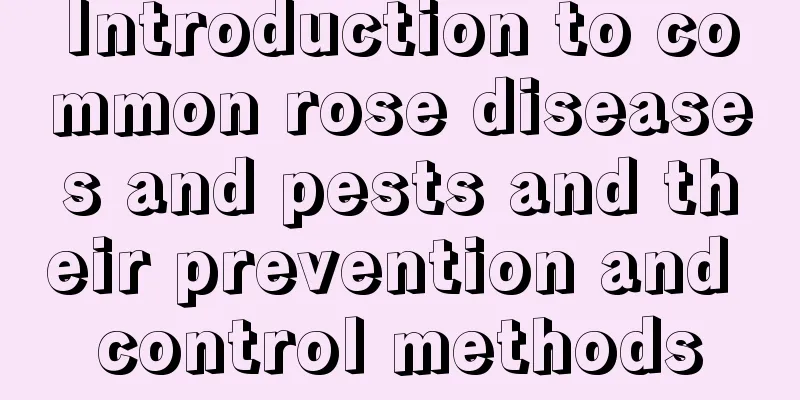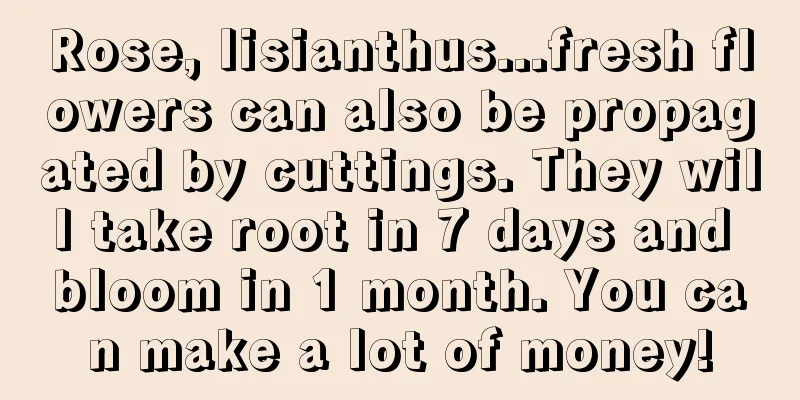How to take care of the newly bought African violet

1. Astigmatism maintenanceAfrican violets have very low requirements for light. After you buy them home, you only need to place them in a bright, diffused light location indoors to allow them to grow and bloom normally. On the contrary, too strong sunlight can easily cause sunburn to the African violets. 2. Large temperature differenceThe most suitable growth temperature for African violets is 18-24℃. It is afraid of heat in summer and must be shaded and cooled. It is afraid of cold in winter and the maintenance temperature cannot be lower than 10℃ to avoid frostbite of the plant. In addition, the temperature difference between day and night must be greater than 5℃, otherwise the African violet will not bloom. 3. Watering in the soaking basinAfrican violets are afraid of watering, so it is best to use the immersion pot method to replenish water to the plant. The right time to water can be judged by the condition of the plant. Usually observe the leaves at the bottom of the plant. If the leaves droop down, it means that the African violet is short of water and the pot can be soaked. 4. Increase humidityAfrican violets like moisture, so you should usually provide the plant with a high humidity environment, but you cannot spray water on the surface of the plant, otherwise the water droplets will accumulate on the fluff of the leaves and easily cause the leaves to rot. You can place a humidifier next to the potted plants, or put a few pots of water to increase the air humidity. 5. Apply thin fertilizer frequentlyAfrican violets like to be fertilized frequently with thin fertilizers. During the growth period of the plant, you can water it with a balanced nitrogen, phosphorus and potassium fertilizer every half a month. Switch to phosphorus and potassium fertilizers before flowering to promote more flowering of African violets, and stop fertilizing after flowering. 6. Disease and Pest ControlAfrican violets don't like to attract insects, but they are prone to diseases, such as common gray mold and black rot, which are mostly caused by a poorly ventilated environment and overly stuffy and humid potting soil. As long as ventilation is strengthened at ordinary times, the occurrence of diseases and pests can be effectively prevented. |
<<: The role and use of microbial fertilizer
>>: Time and method of raising pepper seedlings
Recommend
Rose old root planting method
1. Planting method 1. Before planting the old roo...
Can orchids be placed in the bedroom?
1. Can be placed This question is controversial, ...
Banyan tree growth environment conditions and characteristics
Banyan tree growth environment conditions and req...
How to raise triangular wind
1. Cultivation medium Choosing a suitable substra...
Plants that easily outgrow their pots, maybe you have one at home
Sunflower Portulacaceae Portulaca Key points for ...
When is the best time to sow mid-season rice in Hubei?
Suitable time for sowing mid-season rice in Hubei...
How to grow potatoes to get high yield?
Potatoes are a widely grown and consumed crop, ei...
How to improve the survival rate of fruit tree grafting?
In the field of horticulture and agriculture, fru...
Give the flowers a bath in autumn, and 7 buds will sprout overnight, turning them into flowering machines in seconds!
Give the flower a beer bath, and it will grow 1 m...
Difference Between Peony and Dahlia
Morphological differences Peony is also known as ...
How to grow dahlia tubers
1. Planting method When planting dahlias, it is r...
When is the best time to water the plant? Generally, water it every few days.
Smooth sailing watering time The plant has a rela...
What to do if Christmas cactus doesn't bloom
1. Reduce nitrogen fertilizer 1. Reason: Although...
How many days does it take for spinach to sprout?
The cultivation technology of spinach is relative...
How to plant Mimosa
Preparation before planting Mimosa can be planted...









